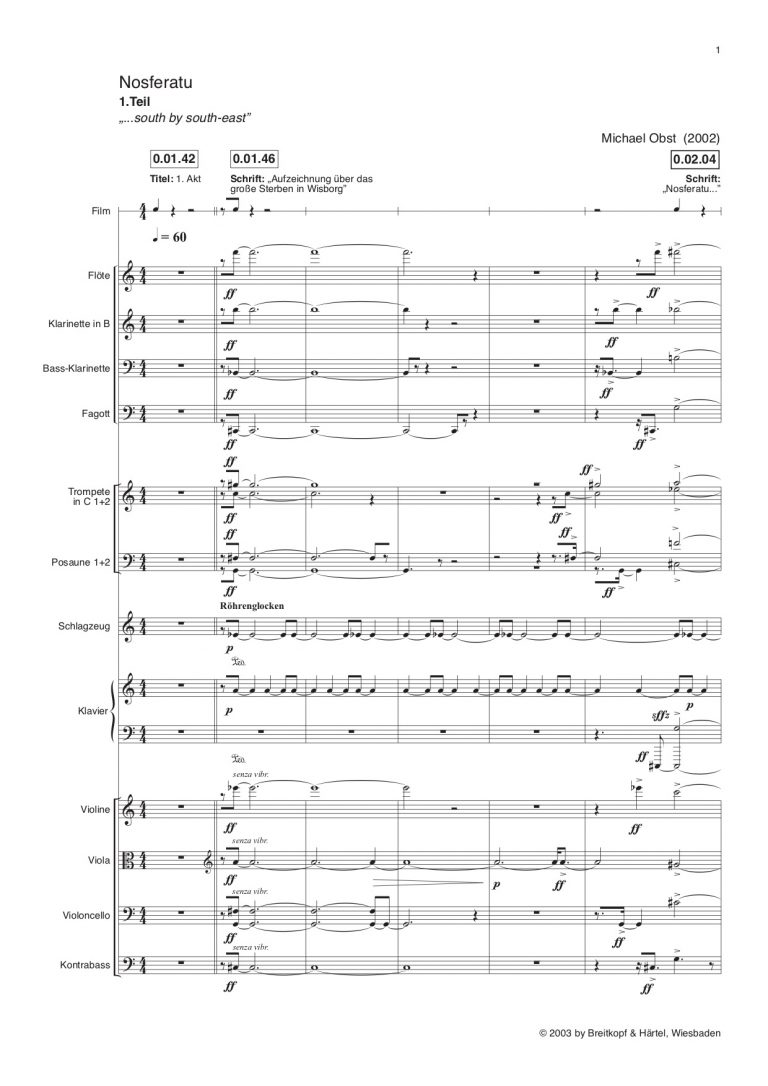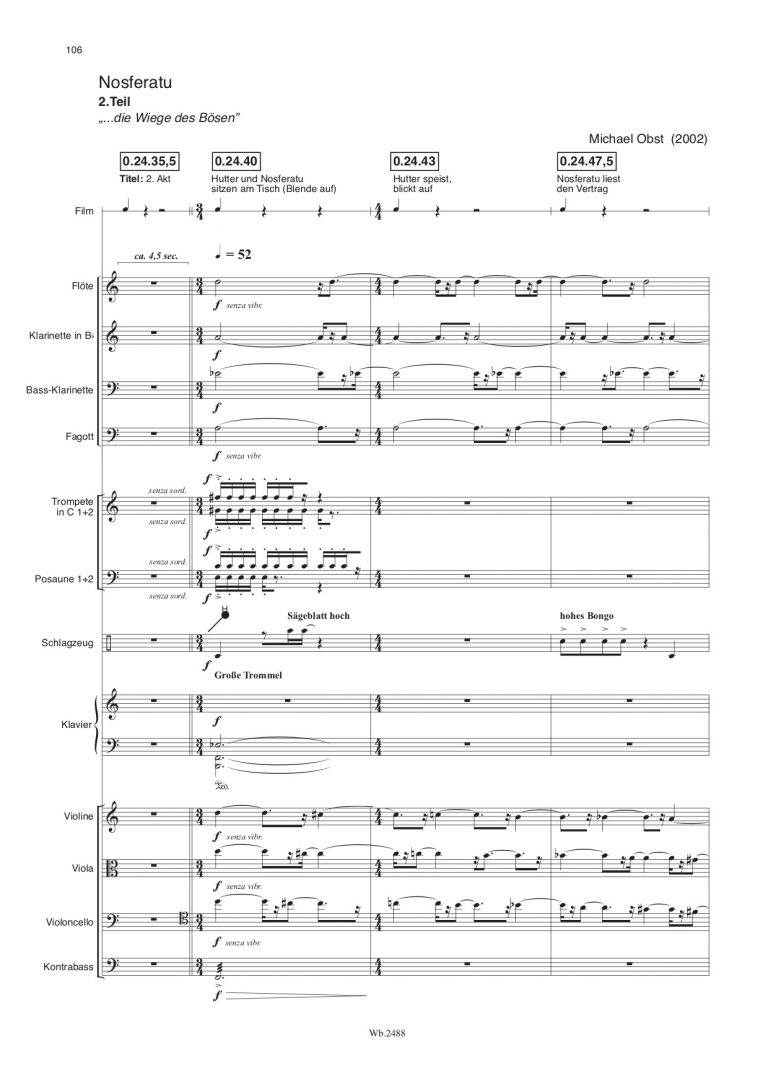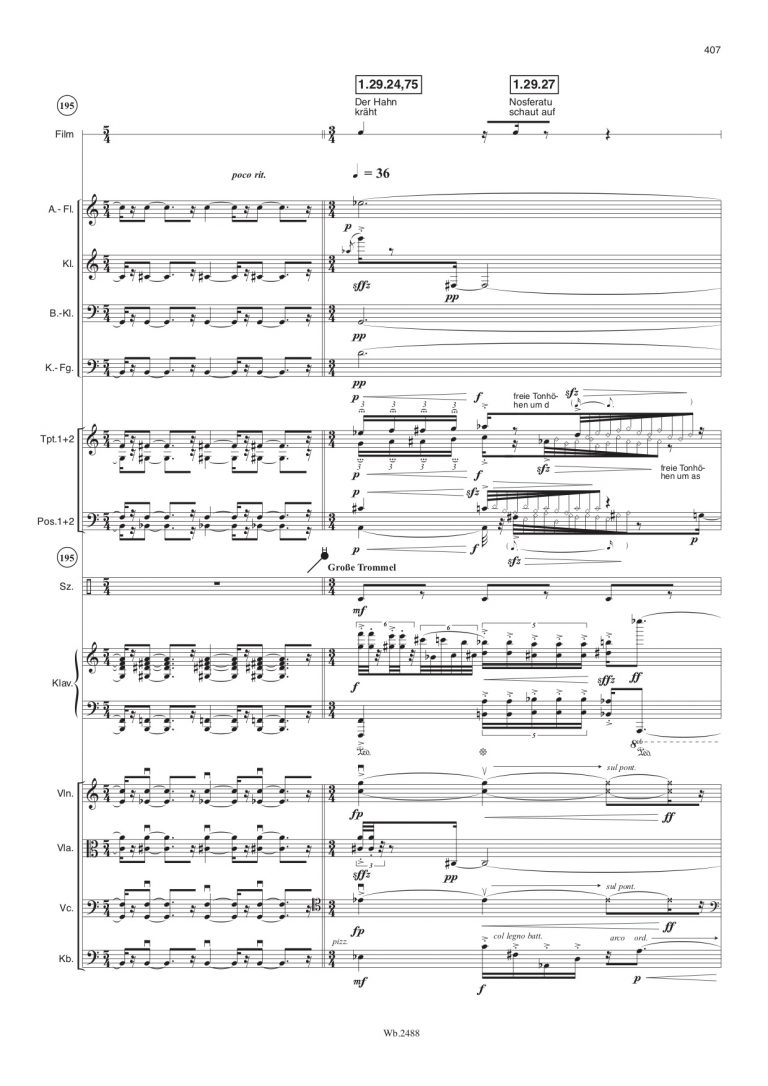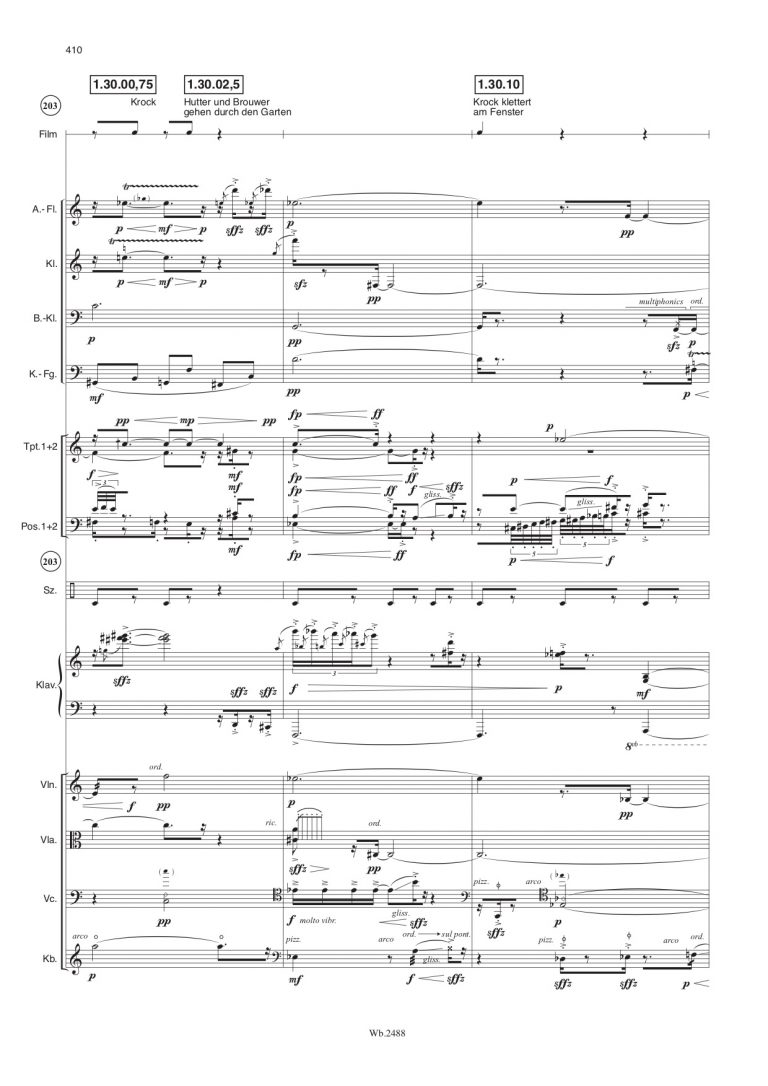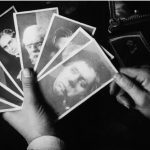In “Nosferatu,” expressionistic stylistic devices are used to depict traumatic experiences of the main characters. Here, Murnau links Bram Stoker’s Dracula story with the scenario of a small German town at the time of the plague. Unlike Mabuse’s films, which use expressionist stylistic devices to depict social and thus historical scenarios, this is pure fiction and has no direct relation to reality. The plot, in which a loving woman sacrifices herself to save her town from bloodsuckers and the plague, follows, similar to opera, a dramaturgy of classical drama. Apparently aware of this similarity to music, Murnau very consciously characterized “Nosferatu” as “a symphony of horror” in the subtitle.
Commissioned by Ensemble InterContemporain, Paris 2001
INSTRUMENTATION
Music for the classic silent film by Friedrich Wilhelm Murnau (1922).
Ensemble: 1(afl).0.1.bcl.1.-0.2.2.0.-pno.perc.-str.:1.0.1.1.1
92 min.
FIRST PERFORMANCE
Paris, 8 Feb. 2003
Ensemble InterContemporain, cond: Peter Rundel
“Figuren und Situationen, Reales und Irreales bekommen eigenständige Klangformen und -effekte. Auch in den Themen des Komponisten pfeift, stöhnt, wettert es. Wie in den Bildern vom Grauen haust die Beklemmung in Ton-Lemuren, Dissonanz-Kavalkaden, Rhythmus-Brüchen.”
“Figures and situations, the real and the unreal are given independent sound forms and effects. Also in the themes of the composer it whistles, moans, rages. As in the pictures of horror, the anxiety dwells in tone lemurs, dissonance-cavalcades, rhythm breaks.”
Norddeutsche Neueste Nachrichten, Manfred Zelt, 1 July 2003, Deutsche Erstaufführung in der Heilig-Geist-Kirche Wismar mit Solisten der Norddeutschen Philharmonie Rostock, Ltg. Frank Strobel.
“Obsts für 14 Instrumentalisten komponierte Kammersymphonie führt den Hörer ideenreich durch ein Klanglabyrinth des subtilen Horrors, mit geisterhaften Röhrenglocken und ängstlicher Flöte. Und als sich Hutter auf seiner Reise den Karpaten nähert, dröhnt unheilvoll der Kontrabass.
“Obst’s chamber symphony, composed for 14 instrumentalists, leads the listener imaginatively through a sonic labyrinth of subtle horror, with ghostly tubular bells and an anxious flute. And as Hutter approaches the Carpathian mountains on his journey, the double bass booms ominously.
Die Welt, Tom. R. Schulz, 30 June 2003, Deutsche Erstaufführung in der Heilig-Geist-Kirche Wismar mit Solisten der Norddeutschen Philharmonie Rostock, Ltg. Frank Strobel.
“Der Komponist (widmete sich) vor allem der Ausformung aufregender Klangbilder, die ohne eine starke und unmittelbar fassliche Gestik die Handlung umwogen wie die Wellen, die sich im Film um den düsteren Segler herum schier unendlich ausbreiten.”
“The composer (devoted himself) above all to the shaping of exciting sound images that, without a strong and immediately graspable gesture, swayed the plot like the waves that seem to spread endlessly around the gloomy sailor in the film.”
Ostseezeitung, M. Baumgartl, 30 June 2003. Deutsche Erstaufführung in der Heilig-Geist-Kirche Wismar mit Solisten der Norddeutschen Philharmonie Rostock, Ltg. Frank Strobel.
Other music for multimedia:
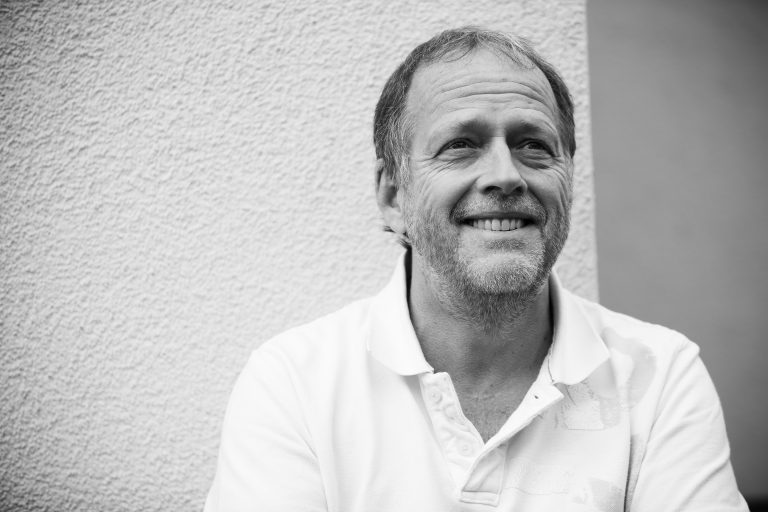
About Michael obst
Michael Obst is a composer, pianist, and teacher. He began his successful composing career with electronic music and subsequently composed works for music theater, film and concert halls. His experience as a pianist with the Ensemble Modern, enriched his understanding of contemporary music. After 25 fulfilling years of teaching, he is now excited to once again concentrate on his own composition projects.
- INFO@MICHAEL-OBST.COM
